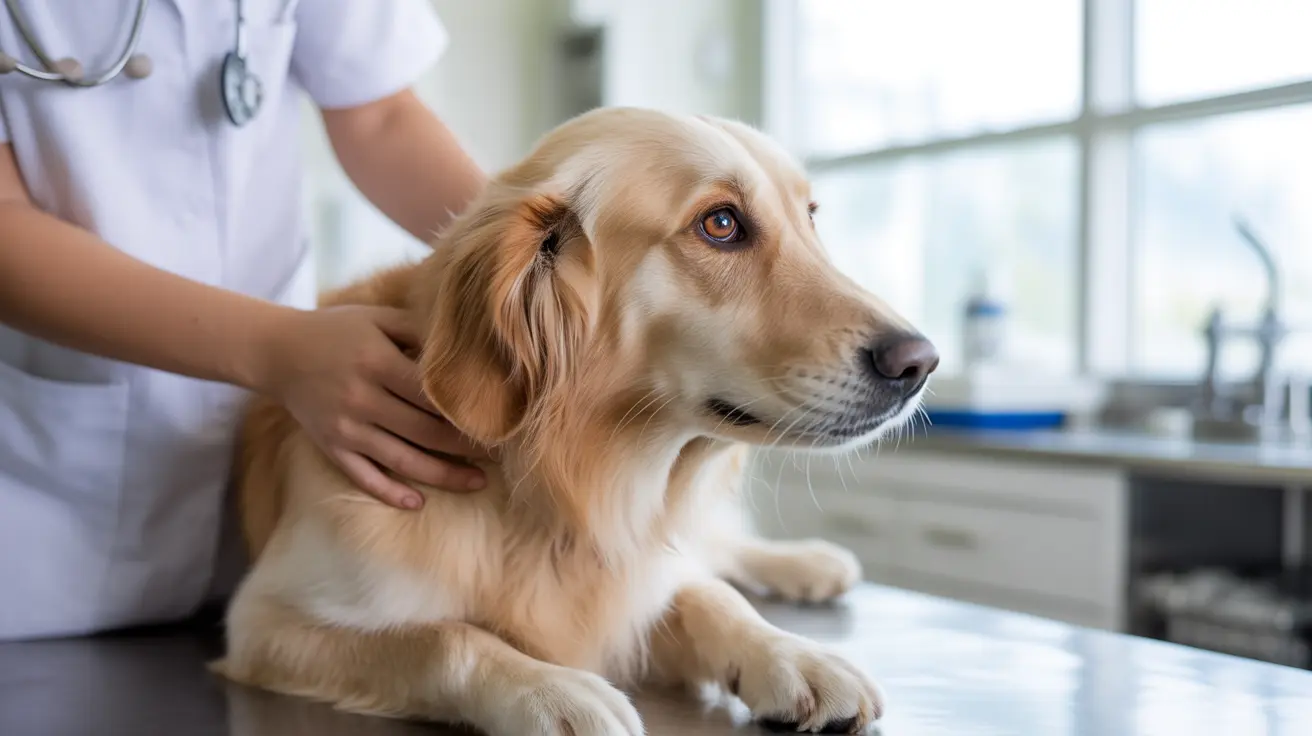Stephanie Gilroy, an undergraduate student at the University of Connecticut's College of Agriculture, Health and Natural Resources, is making significant strides in animal reproductive physiology research that could revolutionize assisted reproductive technology for animals. Her work focuses on extracellular vesicles and their potential to enhance in vitro fertilization success rates in livestock and other animals.
This groundbreaking research has important implications for pet owners, livestock farmers, and veterinarians who rely on assisted reproductive technologies to help animals breed successfully. Understanding how extracellular vesicles function in the reproductive process could lead to improved outcomes for animals struggling with fertility issues.
Understanding Animal Reproductive Physiology Research
Gilroy's research centers on the complex world of reproductive biology in veterinary science, where scientists study how animals reproduce naturally and how technology can assist when natural breeding fails. Her work specifically examines tiny structures called extracellular vesicles, which are microscopic packages that cells release to communicate with each other.
These vesicles play a crucial role in the female reproductive tract, helping to create the optimal environment for fertilization. In natural reproduction, they assist in preparing sperm for the fertilization process, a phenomenon known as sperm capacitation enhancement.
Extracellular Vesicles in Fertilization Research
The student's research investigates how oviductal extracellular vesicles—those found in the fallopian tubes—might be harvested and used to improve laboratory-based breeding techniques. This work builds on the understanding that the female reproductive tract naturally produces these beneficial vesicles to support successful fertilization.
By studying sperm motility and extracellular vesicles, researchers can better understand why some assisted reproductive procedures succeed while others fail. This knowledge is particularly valuable for developing more effective protocols for in vitro fertilization cattle and other livestock species.
Assisted Reproductive Technology Applications
The practical applications of this research extend far beyond the laboratory. For livestock producers, improved IVF embryo development could mean better breeding success rates and healthier offspring. The research also has potential applications for intracytoplasmic sperm injection horses, a specialized technique used in equine reproduction.
Animal breeding biotechnology continues to evolve, and Gilroy's work represents the next generation of scientific advancement in this field. Her research on how adding extracellular vesicles to sperm capacitation media can mimic natural reproductive conditions could lead to more successful outcomes in assisted reproduction livestock programs.
Benefits for Pet Owners and Veterinarians
While the research focuses on livestock, the principles could eventually benefit companion animals facing fertility challenges. Veterinarians who work with breeding programs for cats, dogs, and exotic pets may find these techniques valuable for helping pet owners achieve successful pregnancies when natural breeding is unsuccessful.
The research also contributes to our broader understanding of animal reproductive health, which can inform preventive care strategies and treatment options for pets experiencing reproductive issues.
Future Implications for Animal Care
Gilroy's dedication to reproductive science internships and hands-on research demonstrates the importance of undergraduate involvement in advancing veterinary medicine. Her work contributes to a growing body of knowledge that could transform how we approach animal breeding and fertility treatment.
As assisted reproductive technology animals become more common in both agricultural and companion animal settings, research like Gilroy's becomes increasingly valuable for ensuring the health and welfare of animals undergoing these procedures.
Frequently Asked Questions
- How do extracellular vesicles improve in vitro fertilization (IVF) success in animals?
Extracellular vesicles contain beneficial proteins and molecules that help prepare sperm for fertilization, mimicking the natural environment of the female reproductive tract. When added to laboratory fertilization procedures, they can improve sperm function and increase the likelihood of successful embryo development.
- What role do extracellular vesicles play in sperm capacitation and fertilization?
These microscopic vesicles help sperm undergo necessary changes that enable them to fertilize an egg. They provide chemical signals and nutrients that prepare sperm for the complex process of penetrating and fertilizing the female egg cell.
- Can research on animal reproductive physiology and IVF techniques benefit pets or domestic animals?
Yes, while current research focuses on livestock, the fundamental principles of reproductive biology apply across many animal species. Techniques developed for cattle or horses could potentially be adapted for companion animals facing fertility challenges.
Stephanie Gilroy's research represents an exciting frontier in animal reproductive science, offering hope for improved breeding success across various species. As this field continues to advance, pet owners and animal caretakers may benefit from more effective and reliable assisted reproductive technologies.






